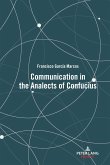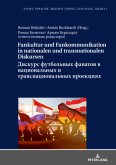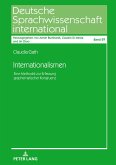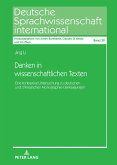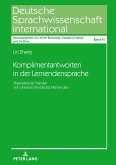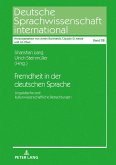From the outset, the interrelationship between sport and communication has proved to be intense and heterogeneous. In a broad sense, sport can be approached from a semiotic perspective. On the one hand, it is one of the main protagonists of mass communication, especially since the second half of the 20th century. On the other hand, it is composed of multiple elements of a kinesic, proxemic, chromemic nature and even develops several artificial languages. However, these links go beyond semiotics. Communication is present through technique and the very socialisation of sporting activity. All these components are addressed in this publication to cover the relationship between communication and sport in its entirety.
Bitte wählen Sie Ihr Anliegen aus.
Rechnungen
Retourenschein anfordern
Bestellstatus
Storno


